(Beaumont-sur-Sarthe, 1845 – Saint-Prix, 1908)
Pauline and Severus (Illustration for the Part II, Scene II of Polyeucte)
Ink, grey wash
Signed lower left
51 x 35 cm
Exhibition: French Watercolour Society, 11th exhibition, Galerie Georges Petit, 8, rue de Sèze, Paris. Catalogue number: 125
This classic drawing but tinted with symbolism is an excellent example of the talents of illustrator of Albert Maignan, a facet of his art that he developed significantly from 1883.
It is one of five watercolours in “black ivory” created by Maignan to illustrate the Polyeucte from Cornelius, a book specially published by Mame Editions (for which Maignan worked a lot) for the Universal Exhibition of 1889. These watercolours were exhibited in 1889 at the famous Galerie Georges Petit (which hosted the 11th exhibition of the French Water Color Society) under No. 124/125/126/127/128 (Maignan exposed another illustrative drawing for “Boileau” under No. 129).
Each drawing illustrating an episode of all five acts of the tragedy.
Our work represents the moment when Pauline (daughter of Felix, Roman senator and governor of the province of Armenia) regains his former suitor Severus (a noble Roman general) and explains that she is now married to Polyeucte (a lord of Armenia) and she can see him again. The scene is set in a garden with a small temple of Vesta, where Pauline has filed an offering; the Pauline confidante named Stratonice, stands at his side, while Severus was accompanied by his servant Fabian. The drawing is captioned by Pauline words to Severus: “Yes I love Severus, and not doing as an excuse”
The book was printed in 800 copies, containing compositions from Maignan etched by Emile Boivin, Felix Bracquemond, Lionel Le Couteux and Charles Albert Waltner.
Cornelius’s tragedy, played for the first time in 1641, had somehow been brought up to date by the opera of Charles Gounod in 1878.
Born in the Sarthe, Albert Maignan followed “by obligation” law teaching, but art remains his true calling. Student of landscape and Marinist Jules Noel in 1865, and Evariste Luminais from 1869 he carried out the same year a trip to Moorish Spain (probably pushing to Egypt), who gives him the taste to create a few orientalizing works. Representative of the academism (history and allegorical painting) of the XIXth century, he exhibited annually at the Salon between 1867 and 1906, and carried on the occasion official orders for several Parisian buildings as the Opéra Comique, the Senate, the city Hall. He is also famous for decoration in 1900 of the restaurant at the Gare de Lyon called Le Train Bleu.
His success is reflected in particular by several medals at the Salon, a gold medal at the Universal Exhibition of 1889, and the Legion of Honour in 1883 (Knight) and in 1895 (Officer)
Archaeology buff, distinguished collector, he divided his time between his studio at 1, rue La Bruyère in the district of New Athens to Paris (9th district) and his home in Saint-Prix in the Val d’Oise, in which he regularly received students from 1890.
The Taylor Foundation, which occupies his house and workshop of Paris, paid tribute to him on the occasion of an exhibition from 11 March to 7 May 2016.


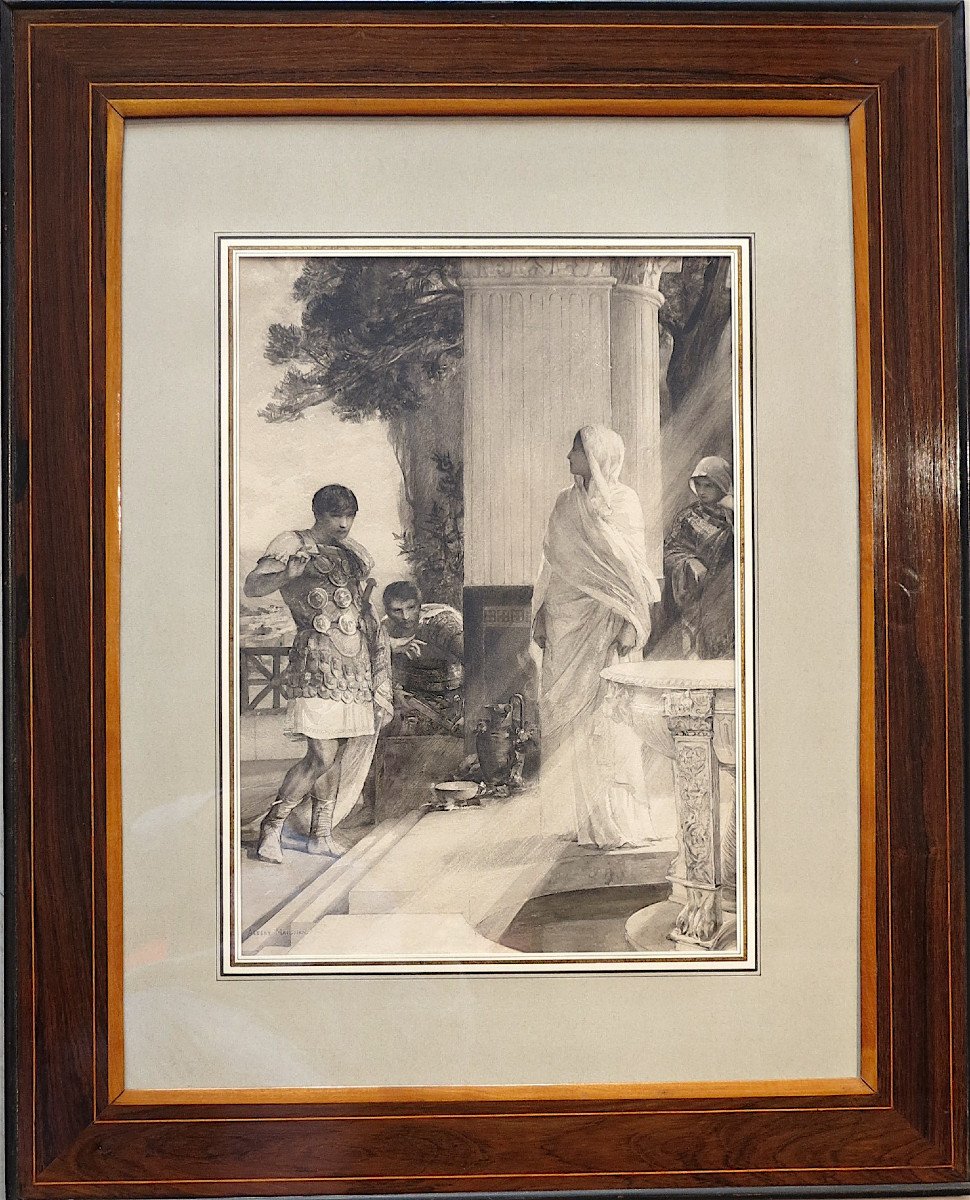
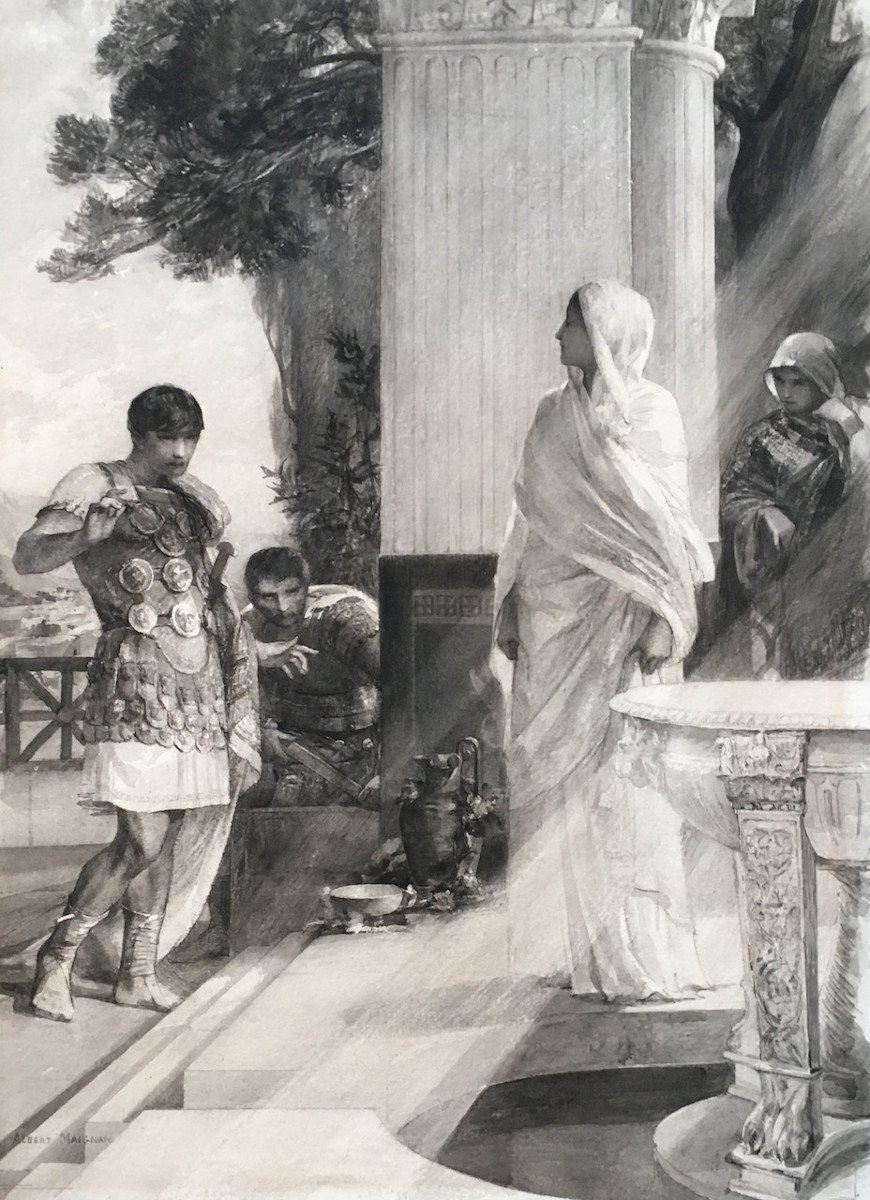











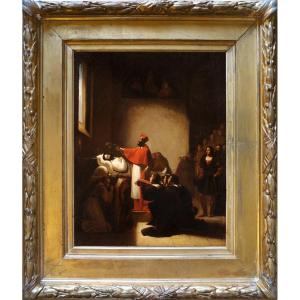



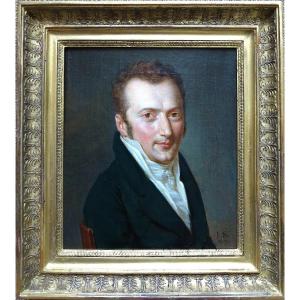
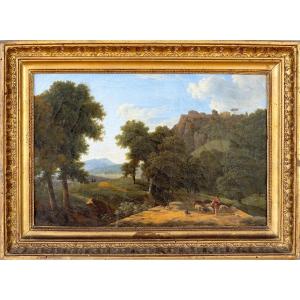

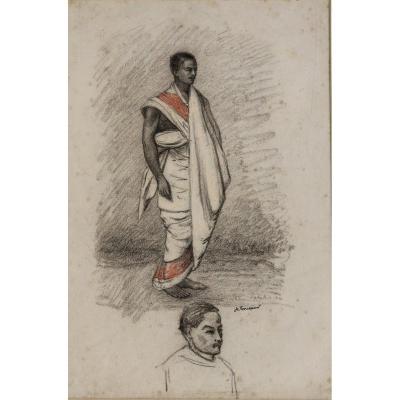






 Le Magazine de PROANTIC
Le Magazine de PROANTIC TRÉSORS Magazine
TRÉSORS Magazine Rivista Artiquariato
Rivista Artiquariato